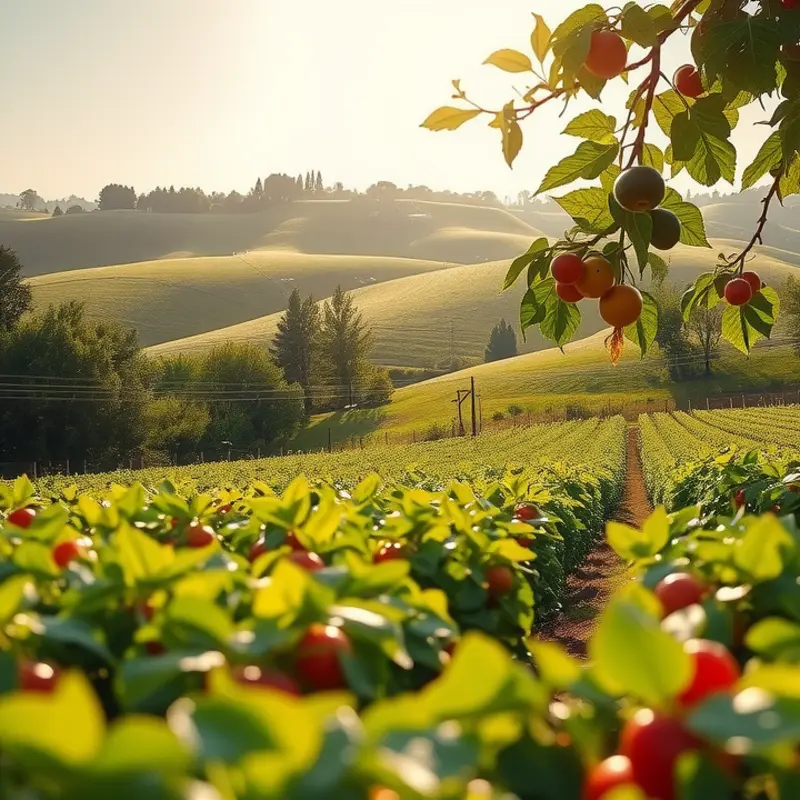Baking is both an art and a science, and understanding how to incorporate moisture-rich methods can elevate your creations. From cakes to breads, mastering moisture is essential for achieving the perfect texture and flavor. Dive into practical techniques that home cooks of all levels can use to ensure their baked goods are always irresistibly moist.
Embracing Moisture: Key Techniques for Baking

Achieving moist and delicious baked goods is both an art and a science. It’s all about understanding key techniques that infuse and retain moisture in your creations. Let’s explore some of the essential strategies that can transform your baking.
Selecting Ingredients Wisely
The choice of ingredients can greatly influence the moisture content of your bakes. Consider incorporating fats such as butter, oils, or even plant-based alternatives. These not only add richness but also help lock in moisture. Dairy products like yogurt, sour cream, and buttermilk are excellent at enhancing moistness due to their fat and liquid content. Including fruits, like applesauce or mashed bananas, can also naturally boost moisture levels without overwhelming other flavors.
Understanding Sugar’s Role
Sugar is more than a sweetener. It acts as a hygroscopic element, meaning it attracts and retains moisture. When using alternatives like honey or maple syrup, remember these are already liquid, which can contribute to a softer texture in baked goods. Balancing sugar and its substitutes is crucial to avoid overly dense results.
Exploring Alternative Flours
Ordinary all-purpose flour can sometimes fall short in providing tenderness. Consider using cake flour or pastry flour, which have lower protein content, to enhance softness and lightness. For gluten-free options, almond or coconut flour can add both flavor and moisture, although adjustments in liquid ratios may be necessary. Exploring additional ways to bolster flavor without heavy reliance on salt can be found here.
Precision with Mixing
In baking, it’s vital to avoid overmixing. This can lead to tough outcomes, especially with baked goods that require a tender crumb. Mix your ingredients until just combined to prevent excessive gluten development. Following the recipe’s guide on mixing can mean the difference between a perfectly moist crumb and a dense brick.
The Importance of Equipment
Investing in quality baking equipment can influence moisture retention. Baking with metallic pans can lead to overbaking since they often cause quicker heat conduction, whereas silicon or glass options might provide a more balanced environment for moisture. Always line pans with parchment paper and consider using baking strips around them to prevent edges from cooking too quickly.
Cooking at the Right Temperature
Temperature plays a crucial role in moisture retention. Baking at a lower temperature for a more extended period allows heat to distribute evenly, maintaining moisture. Ensure your oven is calibrated correctly, as a faulty reading could result in undesirable outcomes.
Sealing in Freshness
Once your baked goods have cooled slightly, store them in airtight containers to prevent moisture from escaping. If possible, wrap them in foil or plastic wrap before refrigeration to further seal in humidity. This is especially crucial for cakes and quick breads, which can dry out quickly if left exposed.
Mastering these moisture-maximizing techniques can elevate your baking to new heights. By understanding the science behind ingredients and methods, you can ensure that your cakes, cookies, and pastries remain delectably moist from oven to plate.
Moisture-Rich Ingredients: Building Blocks for Beautiful Bakes

Creating perfect, moisture-rich baked goods starts with selecting the right ingredients. The choice of ingredients can transform a dry, crumbly cake into a moist masterpiece. Here, we’ll explore some of the best moisture-rich ingredients and offer tips for substitutions to help you achieve superior texture and flavor.
Fats: Butter and Oils
Fats are fundamental in maintaining moisture in baked goods. Butter is a classic choice. It not only imparts a rich flavor but also helps trap moisture during baking. Using oil, like vegetable or coconut oil, can similarly enhance moistness. Oil generally provides more moisture than solid fats due to its liquid state at room temperature. Consider experimenting with a half-and-half mix of butter and oil for cakes that are both flavorful and moist.
Dairy: Yogurt, Sour Cream, and Buttermilk
Dairy products like yogurt, sour cream, and buttermilk bring extra moisture to the table while offering a slight tang that can enhance flavor depth. These ingredients have acidity, which can tenderize gluten strands in flour, resulting in a softer crumb. If you find yourself without buttermilk, a simple mix of milk and a spoonful of lemon juice or vinegar can work as an effective substitute.
Fruits and Vegetables: Bananas, Applesauce, and Zucchini
Incorporating moisture-rich fruits and vegetables can dramatically affect the texture of your bakes, making them moist and tender. Bananas and applesauce are excellent for quick breads and muffins, contributing to a smooth texture and natural sweetness. Grated zucchini is an underrated choice for cakes and bread, offering moistness without imparting a vegetable flavor.
Sugars: Brown Sugar and Honey
While granulated sugar isn’t particularly moisture-retentive, brown sugar and liquid sweeteners like honey or maple syrup help maintain a tender crumb. Brown sugar contains molasses, which adds not just moisture but a deeper flavor. When substituting, keep in mind that liquid sweeteners might alter the texture slightly, requiring a minor adjustment in other liquids.
Eggs: Whole or Adjusted
Whole eggs contribute to moisture, thanks to their high water content and emulsifying properties. While they are already staples in most baked goods, you can adjust the moisture level by incorporating additional yolks, which contribute more fat, thereby increasing moistness.
Creamy Additions: Nut Butters and Cream Cheese
Nut butters, like almond or peanut butter, add moisture with their natural oils. Similarly, cream cheese can enrich moisture and add a creamy texture, especially in frostings and fillings. Both ingredients enhance flavors but require careful balancing to avoid overpowering delicate recipes.
For bakers desiring more detailed guides on substitutions or non-dairy alternatives, exploring resources such as this non-dairy probiotics guide might provide useful insights.
Experimenting with these moisture-rich ingredients opens up a world of possibilities in the baking realm. By understanding the nuances of each, bakers can confidently substitute and modify recipes to achieve that perfect, moist bake, every time.
Final words
Mastering moisture-rich baking techniques can significantly enhance your baking skills and the quality of your baked goods. By using key techniques like incorporating steam during baking, choosing the right moisture-rich ingredients, and understanding the science behind baking, you can achieve deliciously moist treats every time. Embrace these tips, and let your baking journey become an adventure filled with flavor, texture, and satisfaction.







